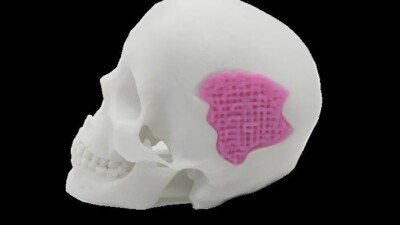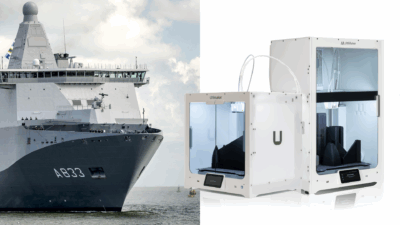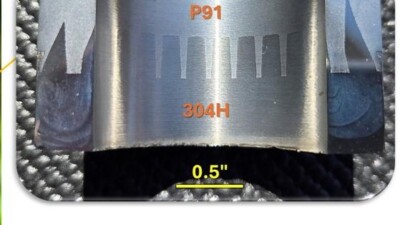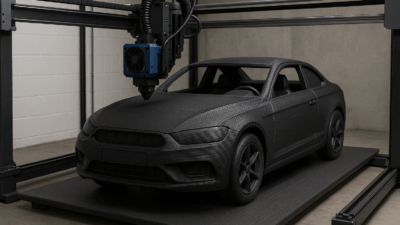DragonForge series specifically adapted for deposition of titanium and aluminum alloys.
If there’s one industry that’s a safe bet for metal additive manufacturing (AM) expansion, it’s aerospace. (If there are two, it’s a tie with medical devices.) As a technology, metal 3D printing excels in applications involving low-volume, high-value parts, and that’s the aerospace industry to a T.
So, it should come as no surprise that the newest generation of machines from Virginia-based MELD Manufacturing are aimed squarely at aerospace applications, with modifications to give them the capability to deposit titanium and aluminum alloys using MELD’s proprietary metal AM process.
The company’s unique solid-state process eschews the melting seen in powder bed fusion (PBF) and directed energy deposition (DED), and instead uses a combination of friction and pressure to deform metal feedstocks plastically. As a result, MELD machines can operate in open atmospheres and, according to the company, the parts they print are fully dense.
While MELD has previously claimed that its process is compatible with aluminum and titanium (as well as magnesium, copper, nickel, and steel), the new DragonForge series is being positioned as being even more capable than previous generations, printing AA7075 (for example) without graphite or other lubricants.
“This equipment is truly next generation capability for rapid 3D printing of large aerospace parts,” said MELD Manufacturing CEO Nanci Hardwick in a press release.
According to the company, the machines’ new hardware configuration is paired with software features intended to enhance machine autonomy and the user interface, as well as new simulation and monitoring tools. MELD is also highlighting the addition of a digital twin to help plan and implement a printing strategy before actually starting production.
From a business perspective, the strategy here seems to be positioning the DragonForge series as enabling the on-demand production of “printed forgings” to support the repair or replacement of legacy components, as well as new parts, without the need to rely on the (currently anemic) domestic forging industry.
Between the push to reshore industrial production for the sake of national defense and the difficulties of rebuilding an industry that has largely relocated to India and China, this strategy seems like a safe bet indeed.



